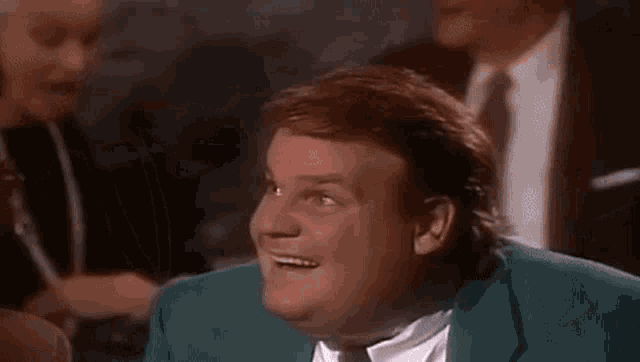I'm just putting context to the context. I was more so pointing out why those guys were so low in relation. Reinbacher could very well prove to be at that level, or more, (I haven't seen him enough to judge) but any #1 defenseman on a pro club would be hard pressed not to hit .5 PPG. You hit .5 PPG as a defenseman in a major European league as a draft eligible, and the model is going to love you. Now the fact he was able to become a #1 defenseman on his club may be a better indication than anything, but Kloten wasn't exactly a powerhouse. They just got promoted back to the A League before this season. Not exactly a tough depth chart to climb.
The author also has a model for win shares which factors in impact on goal differential. That's not exactly the most stable data, but when he factored that in, Reinbacher went from the 5th best defenseman in his data set to 17th.
Personally I like to analyze junior data. It's a more even playing field. These prospects are all getting appropriate usage. Last year Yurov got killed by NHLe models because he went pointless in the KHL, but he literally wasn't playing. On the other side a guy like Lekkerimaki graded out well because he had an unsustainable shooting percentage over 26 games in the SHL. He had worse production in Allsvenskan this year.
While we're on the topic. A lot of NHLe models don't have Bedard as the #1 guy and that just doesn't pass the smell test. Chatel has him 3rd! He really could not have produced much more than he did this year. There's a cap on CHL production because of all of the graduates to the AHL/NHL that ultimately don't produce and lower the NHLe conversion. Bedard's NHLe was
~34 points had he hypothetically played in the NHL this year. You could probably almost double that number.
Michkov had 20 points in 30 KHL games. That's not to take away from Michkov, but do we not think Bedard would have shredded the KHL this year?




